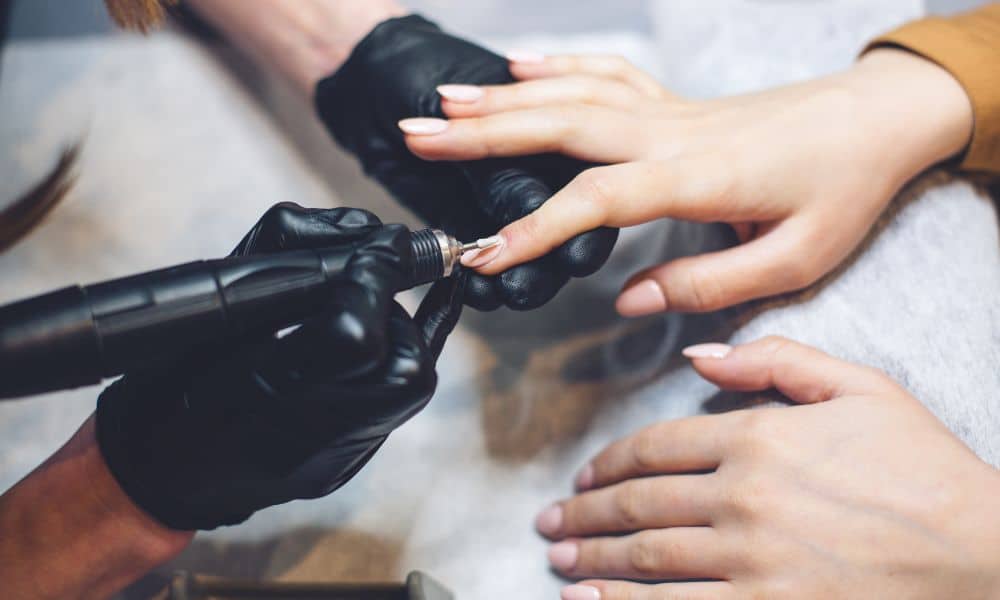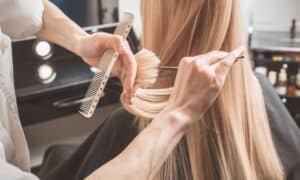The Consequences of Not Cleaning Nail Salon Tools

Keeping salon tools clean is an essential practice that protects clients and nail technicians. Failing to maintain proper hygiene can result in several negatives, ranging from health risks to long-term impacts on your business’s reputation. Below, we explore the dangers and consequences of not cleaning nail salon tools, including how to address suck risks and retain your client’s trust.
Nail Infections and Fungal Growth
Improperly sanitized tools can become breeding grounds for bacteria and fungi. When nail clippers, files, or cuticle pushers aren’t cleaned after each use, harmful microorganisms can spread between clients. These pathogens lead to painful nail infections, skin rashes, and conditions like athlete’s foot or onychomycosis.
For clients, infections often require medical attention, resulting in additional costs and discomfort. Nail techs run the risk of being known for poor hygiene, making it critical to sanitize all tools consistently with hospital-grade disinfectants or an autoclave machine.
Business Reputation and Client Loss
A single infection stemming from poor cleaning practices can do lasting damage to a salon’s reputation. Clients are unlikely to return after encountering unsanitary tools, and bad reviews spread quickly across social media. Once trust is broken, earning back a loyal client base becomes a steep uphill battle, especially in a competitive industry like beauty.
Investing in proper sanitation practices builds trust with clients and sets your salon apart from those lacking. Clean nail tools, alongside improvements like reducing odors when using liquid monomers, show clients you prioritize their safety and comfort while delivering a professional experience.
Health Risks for Nail Technicians
Nail techs are more exposed to chemical fumes, skin contact, and other hazards in the salon environment. Neglecting tool hygiene doesn’t just affect the clients, it also puts technicians at risk. Dirty equipment increases the chance of developing contact dermatitis, respiratory issues, or even infections from accidental cuts during procedures.
Using sanitized tools and maintaining a well-ventilated workspace drastically lowers such risks. It also ensures that nail techs can deliver their services at their best, without worrying about health complications.
Best Practices for Cleaning Nail Tools
The good news is that maintaining proper cleanliness is straightforward when you adopt the right practices. Start by cleaning each tool with soap and warm water to remove visible debris. Disinfect them with solutions approved by your State Board of Cosmetology, ensuring the product kills a broad spectrum of bacteria and fungi.
Don’t forget multi-use items—such as reusable buffers or files—that require the same level of care as metal tools. For salons, investing in an autoclave sterilizer is ideal for preventing cross-contamination. Maintain a cleaning schedule, train your staff, and store sanitized tools in airtight containers to keep them pristine.
Proper nail tool hygiene is a promise to clients and technicians that their well-being comes first. Clean tools lead to happy clients, a spotless reputation, and safe working conditions. Take the proactive step to implement thorough cleaning procedures—and as you do, watch the trust and loyalty from your clients grow effortlessly. Don’t let the consequences of not cleaning nail salon tools keep your business from thriving.




